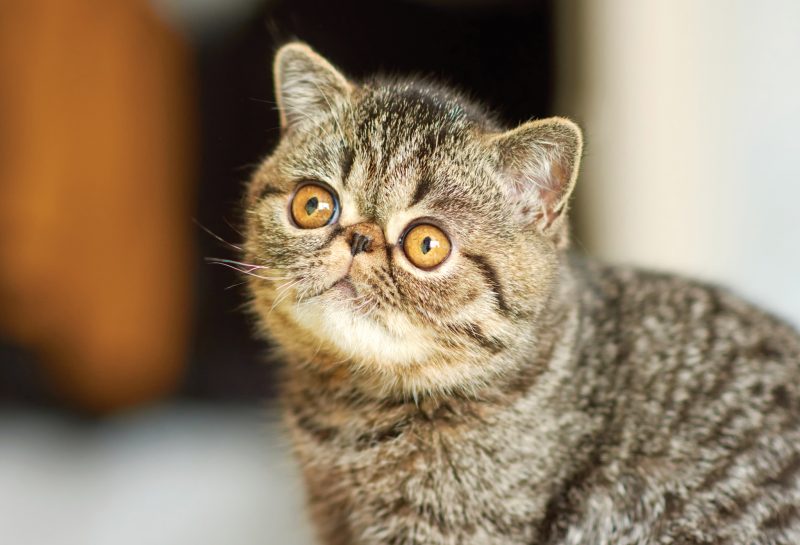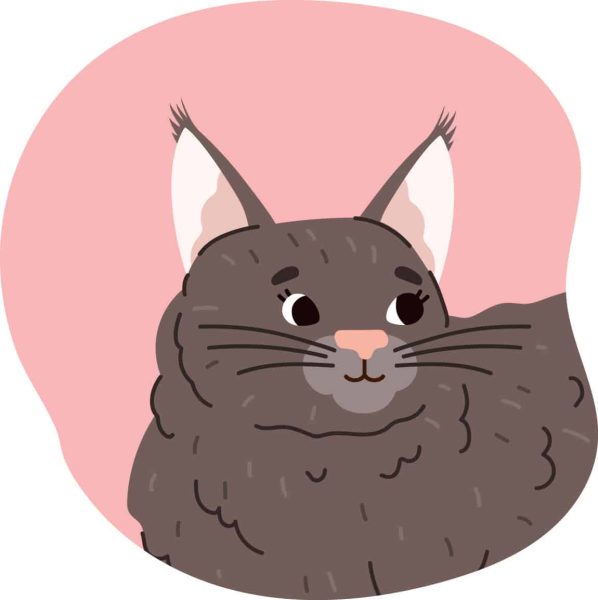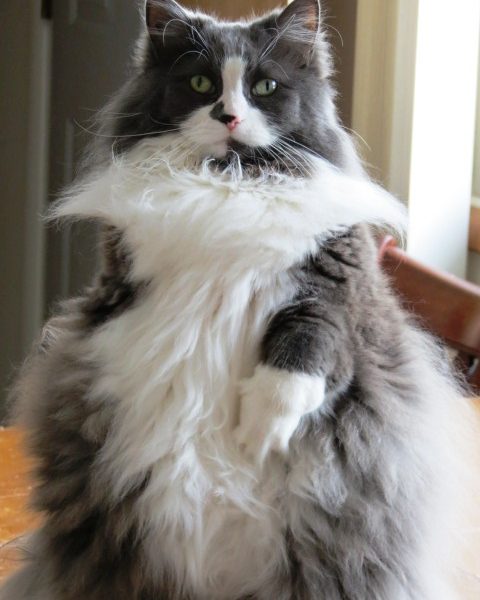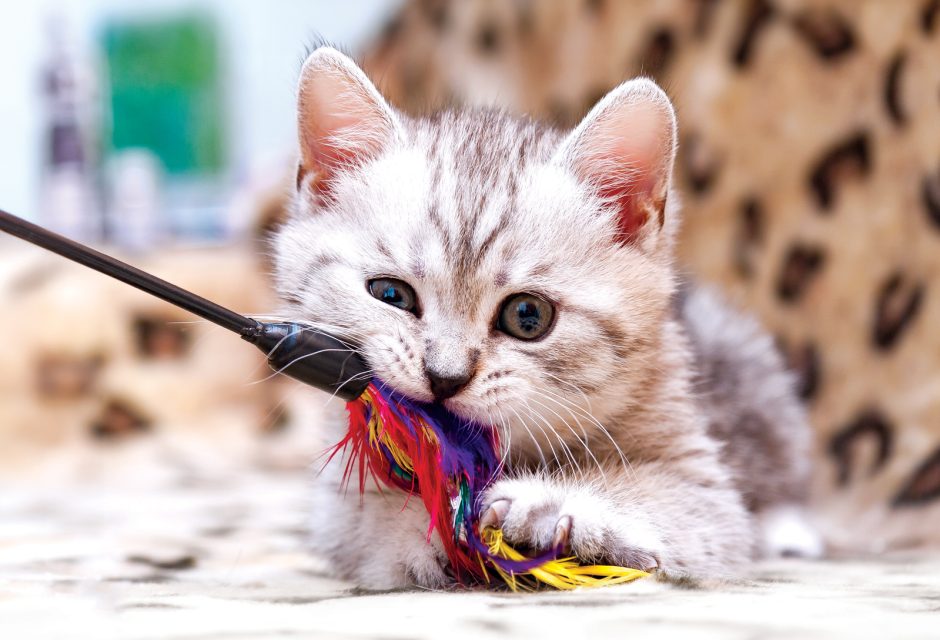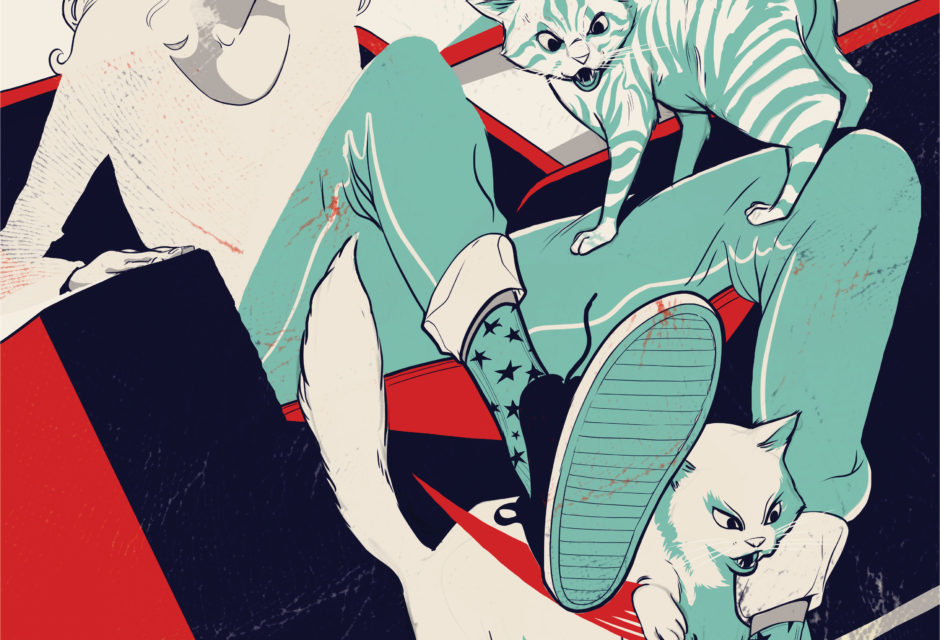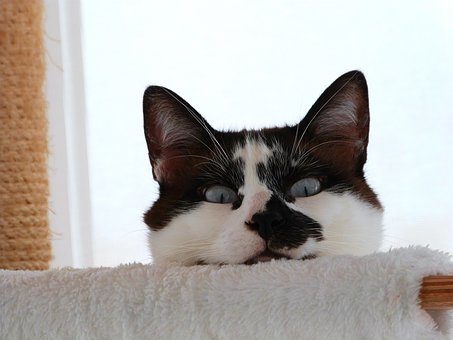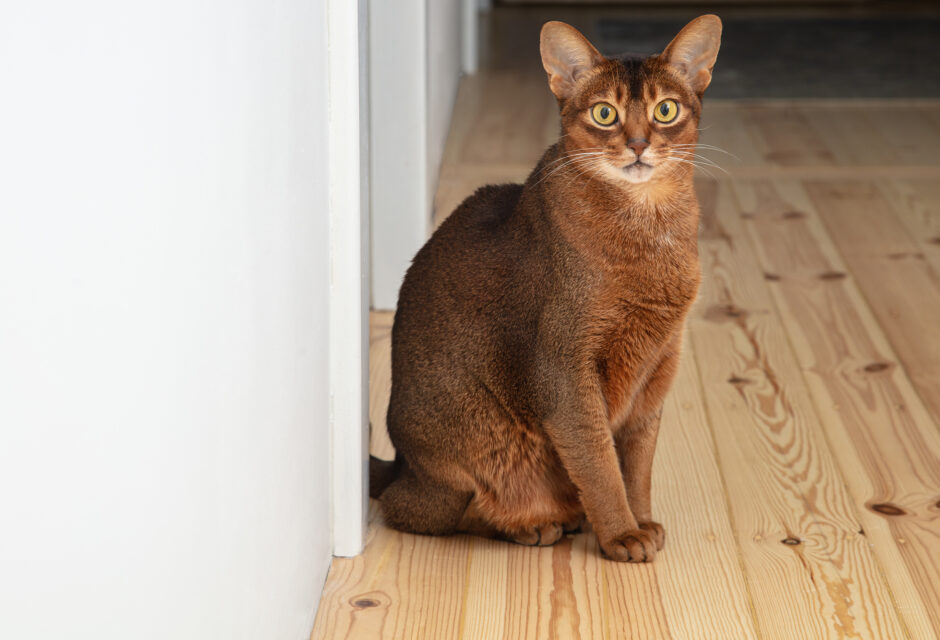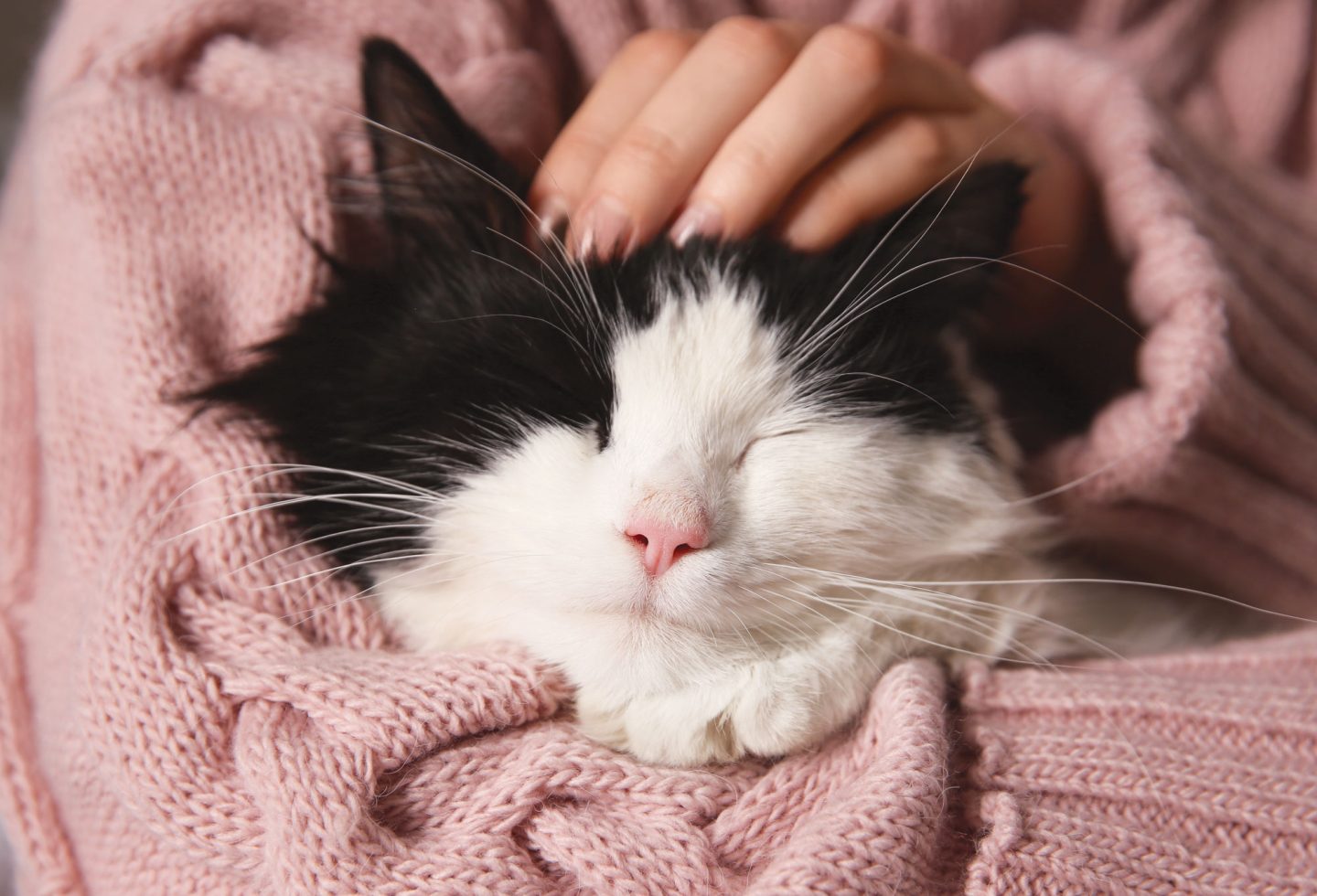
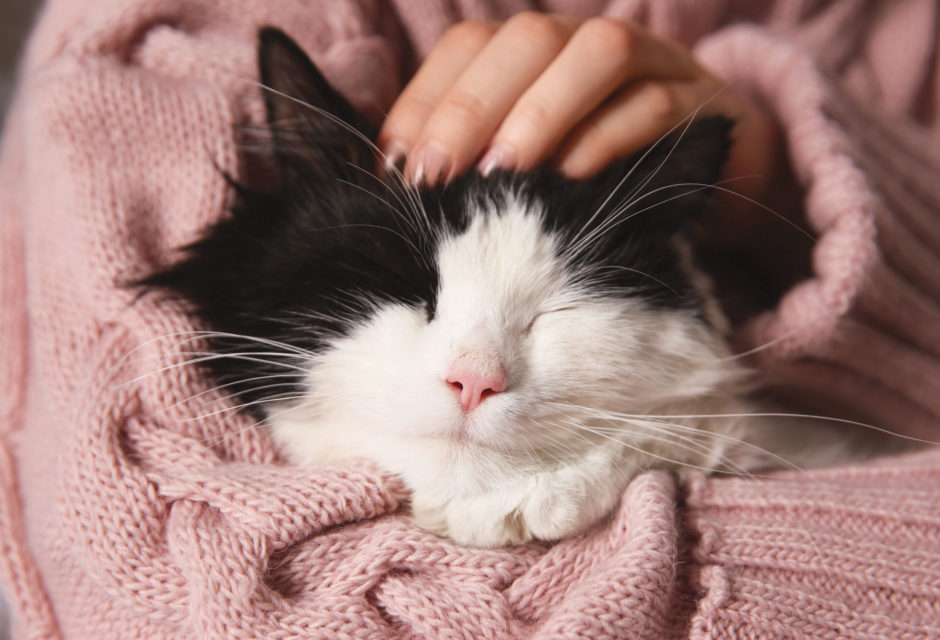
How to Pet Your Cat: Why You’re Probably Stroking Your Cat Wrong & How to Do it Right
Cat biting "out of nowhere" while being petted? A cat behavioural expert suggests you rethink your approach.
You may think you know how to pet your cat, but do you really? A feline behaviour researcher suggests you’re probably stroking your cat wrong. Here are the do’s and don’ts of petting a cat.
A feline behaviour researcher says many people are petting their cats in a way they don’t like
Would you be shocked to find out your cat is likely just putting up with being pet? This is all too often the case, says Dr. Lauren Finka, a feline behaviour researcher at Nottingham Trent University whose work focuses on improving our understanding of cat behaviour, wellbeing, and human-cat relationships. She frequently sees cats suffer through petting they don’t love, likely because their relationship with you offers other benefits. (Think: treats.)
“In many instances, a cat may only be partially enjoying what we’re doing—or perhaps mostly just tolerating it,” says Dr. Finka. “The most important thing to keep in mind is why are we petting the cat and for whose benefit? If we truly want a stroking session to be of mutual enjoyment, then we really need to be mindful of what we are doing to the cat and how they are responding. This might seem obvious, but in my experience it rarely happens in reality.”
When it comes to petting, it’s best to remember that cats as a species aren’t inherently social or tactile.
Of equal importance is to accept that some cats (even otherwise friendly ones) may not like being stroked much at all, adds Dr. Finka, who has a PhD in feline welfare and behaviour. “This doesn’t mean they are ‘grumpy’ or ‘unsociable,’ just that they generally find the sensation unpleasant, or only like being stroked in a very specific way,” she says. And as she shared with BBC Science Focus magazine, when it comes to petting, it’s best to remember that cats as a species aren’t inherently social or tactile.
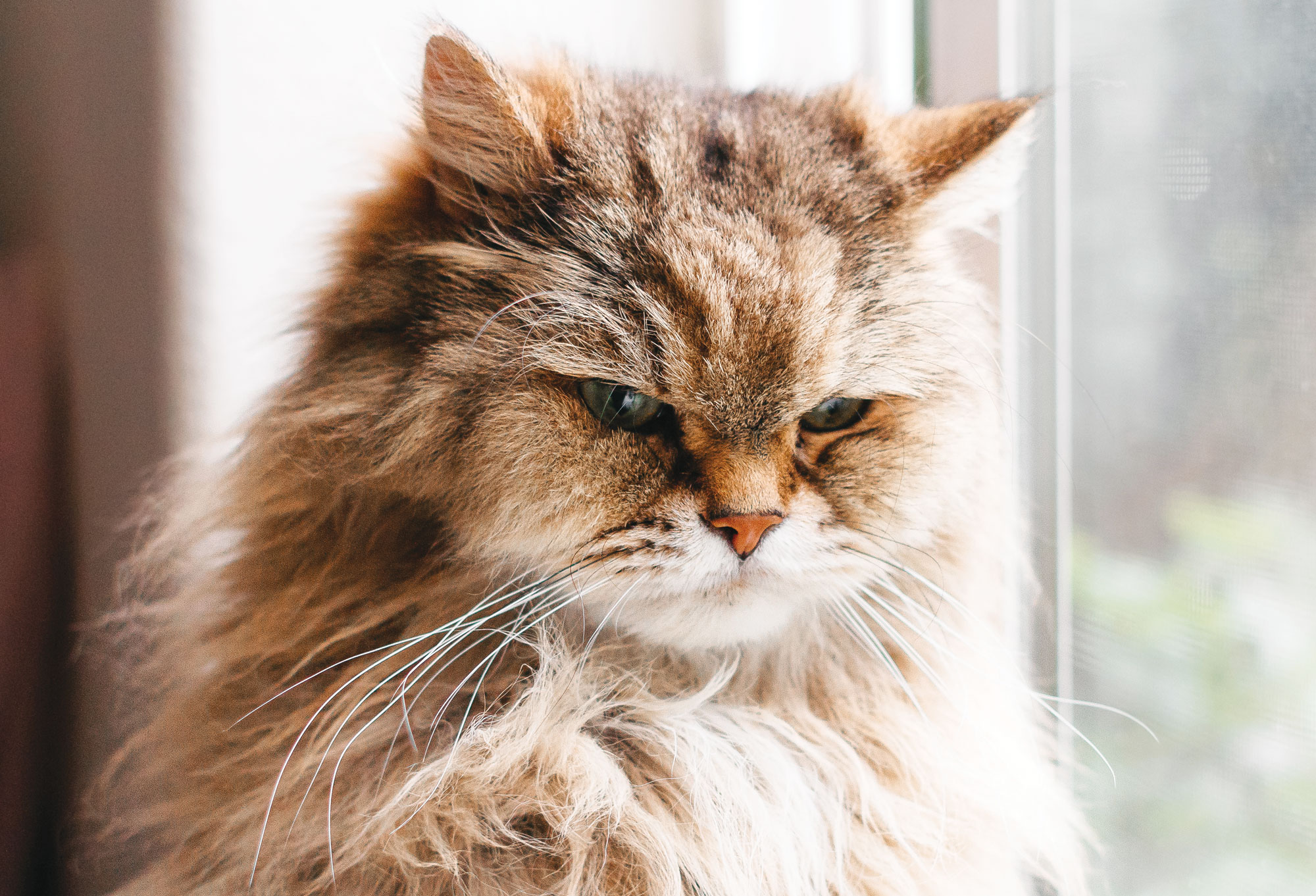
A displeased cat. Photo Danielle Armstrong/shutterstock.com
Petting cats: Where people commonly go wrong
“It’s important to remember that most cats will prefer quality over quantity when it comes to being stroked,” says Dr. Finka. “Each cat will also have their individual preferences for where and how they like being stoked, but often we might not be paying enough attention to their reactions (or equally misinterpreting them) to really understand what these preferences are.”
There’s no such thing as a cat “suddenly” biting
Cats biting “out of nowhere” is commonly reported. Dr. Finka debunks this. “What’s basically happening in these situations is that the person hasn’t been paying sufficient attention to any of the subtle behavioural indicators that most cats will typically display as they start to feel uncomfortable during petting and interactions with people. By paying close attention to these behavioural cues and stopping touching the cat either before or as soon as we notice any of these indicators, we will remove the need for the cat to take matters into their own paws (or teeth!) and bite or scratch us.”
The subtle (and not so subtle) signs that indicate a cat isn’t into how they’re being touched
The obvious signs—which include growling and hissing; biting and swiping; and the cat struggling to get away—are hard to overlook. But there are other signs that most people tend to miss. These include:
- A swishing, thumping, or twitching tail that is either held in the air in a horizontal position, or is near to or resting on the ground.
- A raised or lifted paw that is held in the air, motionless
- The fur on their back ripples or ‘twitches.’
- Nose licking (outside of when the cat is eating)
- Head shake or body shake
- A short, rapid bout of grooming that looks a little ‘out of context.’
- The cat slowly turns their head to one side (may be accompanied by a yawn), or they angle their bodies, or walk or away from you during an interaction.
- The cat seems to ‘freeze’ or go a bit still, often assuming a more tense posture.
- Ears that rotate backwards or flatten downwards to the sides of the cats’ head.
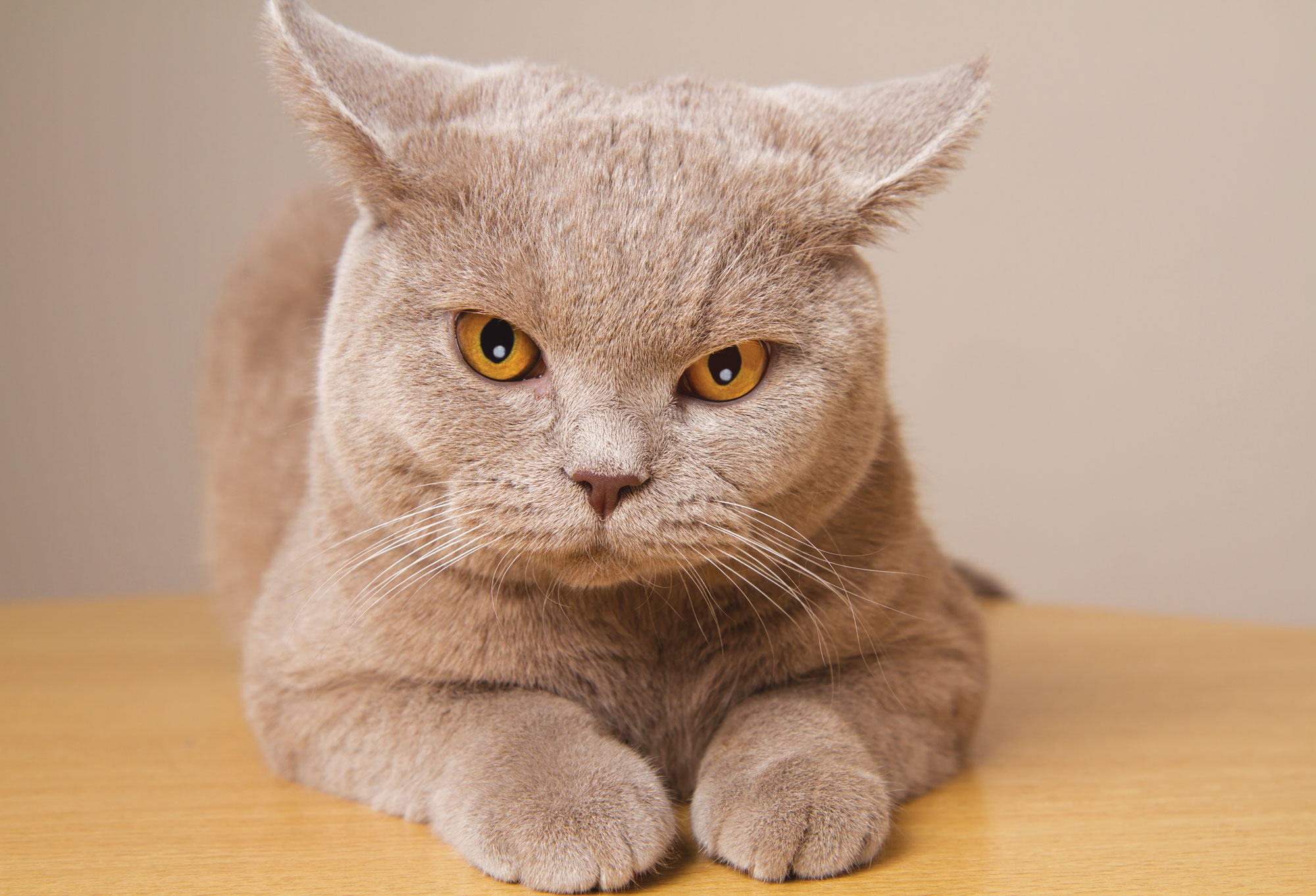
Ears that rotate backwards or flatten downwards to the sides of the cats’ head are a classic sign of a cat that isn’t enjoying itself. Photo Viacheslav Maksimov/bigstock.com
General no-go zones to avoid when petting a cat
“Most cats will find areas such as the tummy, base of the tail, and top of their backs unpleasant to have stroked; however, there are always exceptions (and some cats may really enjoy these areas being touched), so it’s important to just be very observant of how each cat is responding when we are touching different areas of their bodies,” notes Dr. Finka.
What is the right way to pet a cat?
The best way to ensure that petting happens in a way that is enjoyable for the cat is to let them dictate if, how, when, and where petting takes place, says Dr. Finka, who offers an aptly named acronym—CAT—to guide the encounter:
- Provide the cat with choice and control (C)
- Pay attention (A) to the cat’s behaviour and body language
- And think about where we are touching (T) the cat
Obtain cat consent
Most cats prefer to be given the option to ‘make the first move’ when it comes to being stroked. Dr. Finka suggests gently offering your hand or fingers to the cat to see if they decide to sniff and/or rub against you. “This is a simple but very effective cat ‘consent test’—if the cat responds by making contact then this is a good indicator that they are receptive to petting,” she says.
“Most cats prefer to be stroked at the base of their ears, around their cheeks and under their chin, so particularly if we don’t know a cat very well, it’s better to stick to these areas. We should pay close attention to their responses at all times and pause what we are doing if we notice any indication the cat isn’t enjoying the session. When I pet cats I usually prefer to keep my hand pretty still to begin with and just observe what parts of the cats’ body they choose to have in contact with me—in essence I let the cat stroke me, rather than the other way around! This also helps me identify what regions of the cats’ body they probably like having touched and how much stroking they probably want. For some cats, their ideal interaction with a person may simply be them rubbing against us as few times before sauntering off. By remaining quite passive to start with, this allows me to identify such cats before I otherwise push things too far.”
Keep going: Signs a cat is enjoying the interaction. Look for these signs indicating the cat is enjoying being pet:
- Tail waving (tail held in the air and gently waving from side to side)
- Ears in a neutral or forward position
- A relaxed posture and facial expression
- ‘Treading’ or ‘kneading’ with front paws
- Sniffing and rubbing against you
- Purring or ‘chirruping’
- Trying to initiate further petting if we stop
By tuning in and taking a moment to pay attention our cats’ reactions when being pet, we can prevent stress and discomfort—and possible injury to ourselves.
Join the newsletter and never miss out on cat content again!
"*" indicates required fields
By clicking the arrow, you agree to our web Terms of Use and Privacy & Cookie Policy. Easy unsubscribe links are provided in every email.





